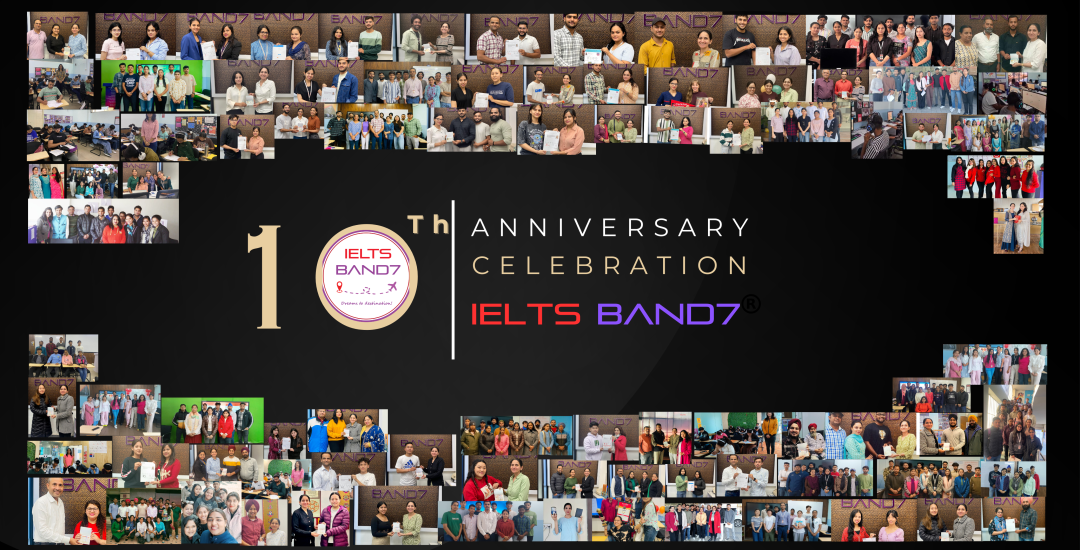SECTION THREE QUESTIONS 28-40
The reading passage below describes some of the better ways to pay for the college. From the information given, answer the questions 28-40.
[A]HARD as it may be to believe with Donald Trump hogging the headlines, America’s presidential primary campaigns are proposing serious ideas for how to deal with real economic problems. High among them is how to fix the country’s broken system of university finance. Hillary Clinton has come up with intriguing plans, but the ideas of Marco Rubio are the more radical. And radicalism is what the system badly needs.
America is home to the world’s best universities. But taken as a whole, its higher-education system is marred by soaring costs, stratospheric student debt and patchy performance. Tuition fees have doubled in real terms in the past 20 years. Student debt has trebled in the past decade, to $1.2 trillion. A recent study of academic achievement at college found that 45% of America’s students made no discernible academic progress in their first two years. Sorting out this mess demands three things: reforms that bear down on costs, that encourage students to make more informed choices about their future and that match repayments to borrowers’ ability to pay.
[B] Mrs Clinton’s plan meets the third of those aims, and nods at the first. She proposes capping the repayment of college loans at a maximum of 10% of income over 20 years. If a loan is not paid off by then the government will pick up the tab. The estimated bill for her scheme, which would push America further towards a model used in Britain and Australia, comes to $350 billion over ten years. Income-based loan repayments make sense. But if government still picks up the tab for defaults, there is little pressure on colleges to curb costs and students to choose wisely. Mrs Clinton’s answer is to make subsidies to colleges contingent on reducing costs.
[C] Mr Rubio deals with the three reform priorities more comprehensively. He wants to encourage the take-up of online education platforms to curb costs and has good ideas for how to spread information on the earnings associated with particular degrees. But his boldest proposal is to link repayment of university funding to income by using equity financing, an idea floated by Milton Friedman in 1955.
[D]Under Mr Rubio’s plan, private investors would pay for a student’s education in return for a claim on a chunk of his future earnings. Just as dividends accruing to a shareholder depend on a firm’s profits, so a student’s subsequent payments to the investor would rise and fall with his income. Equity financing would lead to more informed choices because investors would be less willing to fund courses and colleges that offer low returns. And it would squeeze costs because unpopular courses would have to trim their spending.
The logic is impeccable. Nonetheless, the idea of equity financing for college is controversial. There are silly criticisms, for instance that any equity contract on human capital is tantamount to indentured servitude. In fact, these contracts would be less constraining than a student loan that imposes fixed payment obligations and cannot be discharged in America’s bankruptcy courts. It is possible—and sensible—to set caps on the period in which income is shared, the percentage of earnings that can be given away and the total amount paid out.
Marco to market
[E]The more substantive problems involve information asymmetries and moral hazard. Prospective students know better than any investor what they plan to do with their lives. A lawyer who financed his study by issuing equity could, on graduating, afford to choose whether to join a well-paying law firm or to become a public defender without having that decision influenced by the need to repay a mound of debt. From society’s point of view, that freedom to choose has benefits: a debt-laden graduate is less likely to take a risk on setting up a new company and more likely to head for Wall Street instead. But from the investor’s perspective, the risk that students might offer low returns would need to be compensated for by other students pursuing more remunerative paths.
[F]People who think they will do well in later life also have an incentive to opt for the certainty of fixed debt repayments rather than face the possibility of handing over big chunks of future income. Again, there are potential solutions: some fintech startups have experimented with models of future income that enable students with better earnings potential to give up a smaller share of income in return for the same amount of funding as those with dimmer prospects.
[G]Resolving these difficulties will take time and ingenuity. And whatever happens, it makes sense to have a combination of debt and equity, and of private and public money, in the mix. That’s why Mrs Clinton’s proposals are a sensible start, but Mr Rubio’s ideas are worth serious debate.
Questions 28-34
Reading passage 5 has seven sections, A-G
Which paragraph contains the following information?
Write the correct letter A-G in boxes 28-40 on your answer sheet.
28. Choice must lie with the student
29. solutions to fiscal concerns
30. Higher pays in later years makes the difference
31. Promotion of online education takes place
32. War between Rubio and Clinton ideas.
33. America on the way of Australia
34. Independent lenders pay the loan
Questions 35-40
Do the following statements agree with the information given in reading passage 5?
In boxes 35-40 on your answer sheet, write
TRUE if the statement agrees with the information.
FALSE if the statement contradicts with the information.
NOT GIVEN if there is no information on this.
35. The American higher education often involves high student debts.
36. Mr. Rubio’s plans are similar to the ones in Australia and Britain.
37. Online education has come up as a solution to debts.
38. Hilary Clinton suggests individual investors to pay the students loans.
39. Investors if invest, take away the freedom to choose from students.
40. A debate between Barack Obama and Hilary Clinton is about to happen.
ANSWERS
28. E
29. A
30. F
31. C
32. G
33. B
34. D
35. True
36. False
37. True
38. False
39. True
40. Not given
IELTSBAND7

